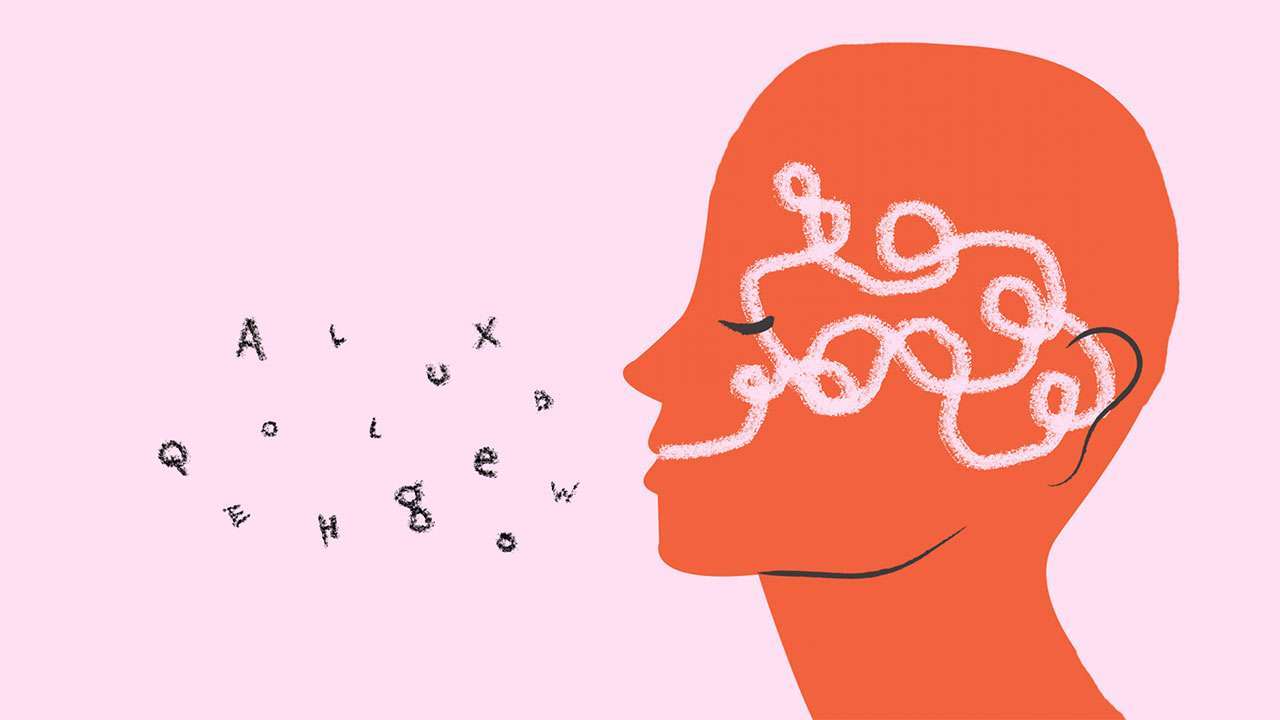
Language
Language is defined as a method of communication that involves the use of words in a structured and conventional way. It is a complex system of symbols that represents meaning and enables communication between individuals. It encompasses both spoken and written forms, and it is used in various ways, including to express ideas, make inquiries etc.
Language can be viewed from different perspectives, but most linguists agree that it has several functions. These include expressive, directive, and informative functions. The expressive function of language is related to the emotions that we communicate through our words, tone, and body language. The directive function is related to the ability of language to influence the behavior of others. The informative function refers to the ability of language to provide information, relay knowledge, and convey facts.
Thought
Thought is defined as the process of forming ideas or concepts in the mind. It is the mental activity that enables us to make sense of the world around us by organizing, categorizing, and interpreting information. It is the foundation of our ability to reason, plan, and solve problems.
Thought can be divided into two types: conscious and unconscious. Conscious thought refers to the mental activity that we are aware of and can control. It involves the deliberate use of language to express our ideas and concepts. Unconscious thought, on the other hand, is the mental activity that occurs without our knowledge or control. It involves the automatic processing of information and the creation of mental representations of objects, events, and concepts.
Language and Thought: An Examination of the Connection
The connection between language and thought has been the subject of numerous debates among linguists and psychologists. Some scholars argue that language shapes thought, while others claim that thought shapes language. A third camp suggests that both language and thought are intertwined, and they influence each other reciprocally.
The Sapir-Whorf Hypothesis
The Sapir-Whorf hypothesis, also known as linguistic relativity, proposes that the structure and use of language influence the way we perceive and understand the world. Linguists Edward Sapir and Benjamin Whorf first proposed this hypothesis in the 1920s and 1930s, arguing that language determines the categories and distinctions we make in our world.
According to this hypothesis, the particular language we speak determines the way we think about the world around us. For example, the Inuit people, who have different words to describe snow, have greater precision to snow and its various forms than English speakers. Similarly, the Hopi people, who have a different conception of time, divide time into cyclical patterns rather than linear progression.
However, the impact of language on thought is not a one-way street. In addition to shaping our thoughts, our thoughts also shape the way we use language. We have to use language to exchange ideas, but the ideas we exchange in turn restructure our ways of thinking. As a result, language and thought cannot be separated from each other.
The Connection Between Language and Perception
Language and perception are closely related, and the way we use language can influence how we perceive the world. The words we use can shape our perceptions and highlight the salient aspects of an object or event while obscuring other features. For example, the English language separates “red” and “pink” as distinct colors, while in Japanese, they are considered different shades of the same color, “ai.”
Our perception of the world is also mediated by the language we use. Different languages divide reality into different categories, and these categories determine what we consider important and worth noticing. For example, in English, we separate animals into different categories such as “mammals,” “reptiles,” and “insects.” In contrast, the Yucatec Maya people use a different classification system that divides animals into those that climb trees, those that crawl on the ground, and so on.
The Connection Between Language and Thinking
Language shapes the way we think and reason, and it provides the tools we use to engage in abstract thought. The use of language enables us to engage in mental simulations, mental imagery, and abstract reasoning. By using language, we can form concepts, compare ideas, and identify relationships between different concepts.
One of the reasons languages is so important for thinking is because it allows for the creation of mental representations of abstract concepts and ideas. For example, the concept of “justice” is an abstract idea that is impossible to grasp in concrete terms. However, using language, we can create mental models of justice, with attributes such as fairness, equality, and impartiality that we can analyze and evaluate.
Moreover, language also shapes the way we perceive time, space, and causality, and it provides us with the categories we use to group information. For example, languages such as English use words like “cause,” “effect,” “before,” and “after” to describe events, which implies a linear, sequential view of time. In contrast, some languages such as Hopi and Aymara use cyclical and circular expressions to describe time, which suggests a different view of temporal relationships.
Conclusion
In conclusion, the connection between language and thought is complex and multifaceted. The Sapir-Whorf hypothesis proposes that language shapes the way we think, but research has shown that the relationship between language and thought is bidirectional. Language and perception are also intertwined, and the words we use can influence how we perceive the world. Finally, language is essential for thinking, as it provides us with the tools we use to engage in abstract thought and mental simulations. In summary, the connection between language and thought is a fascinating area of study that continues to stimulate much interest among scholars.
We hope you enjoyed the blog post of languages Unlimited about An examination of the connection between language and thought. The role of language in shaping thought cannot be underestimated. Language allows us to organize and structure our thoughts, giving them coherence and meaning. At the same time, our thoughts influence the way we use language, shaping the words we choose and the ideas we express. The connection between language and thought extends beyond the individual level. Language also plays a critical role in shaping our cultural norms, values, and beliefs. The way we use language can reinforce or challenge societal power dynamics, perpetuate stereotypes, or promote understanding and empathy. By deepening our understanding of how language and thought interact, we can gain valuable insights into human experience. And improve communication, empathy, and understanding in our communities.
